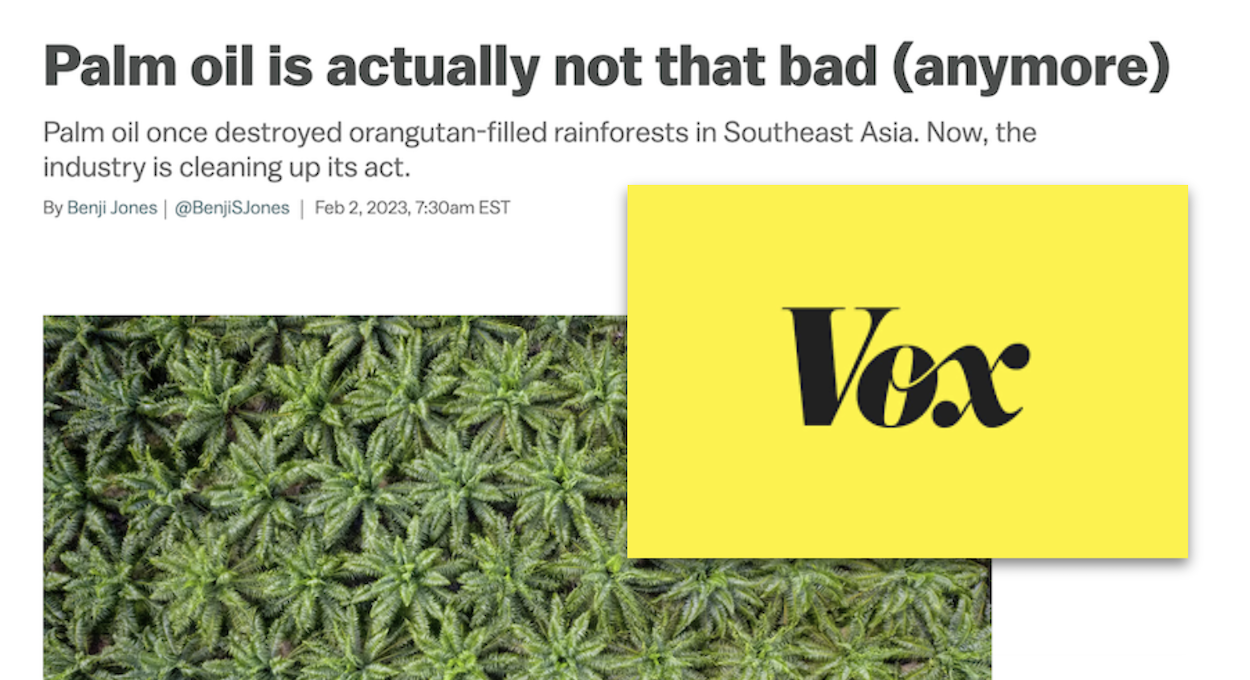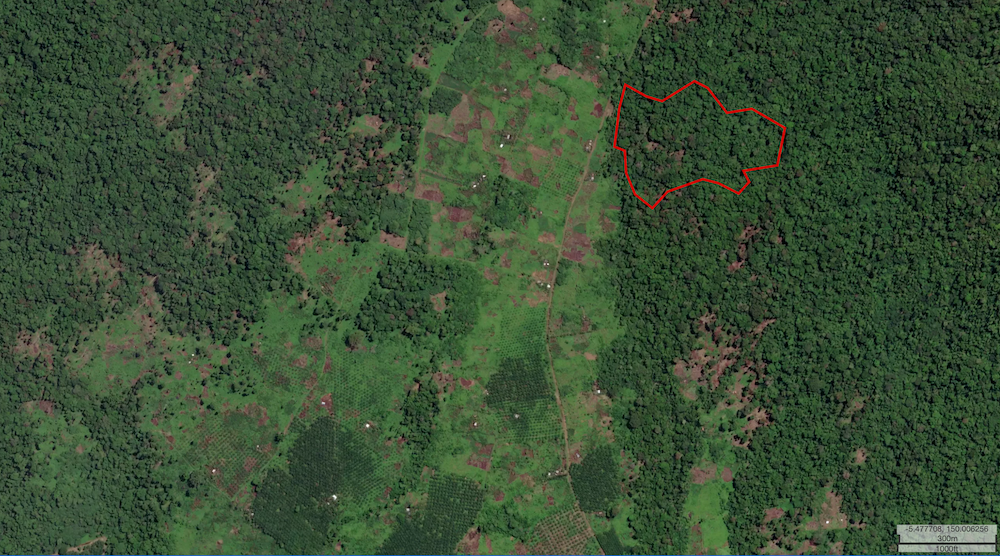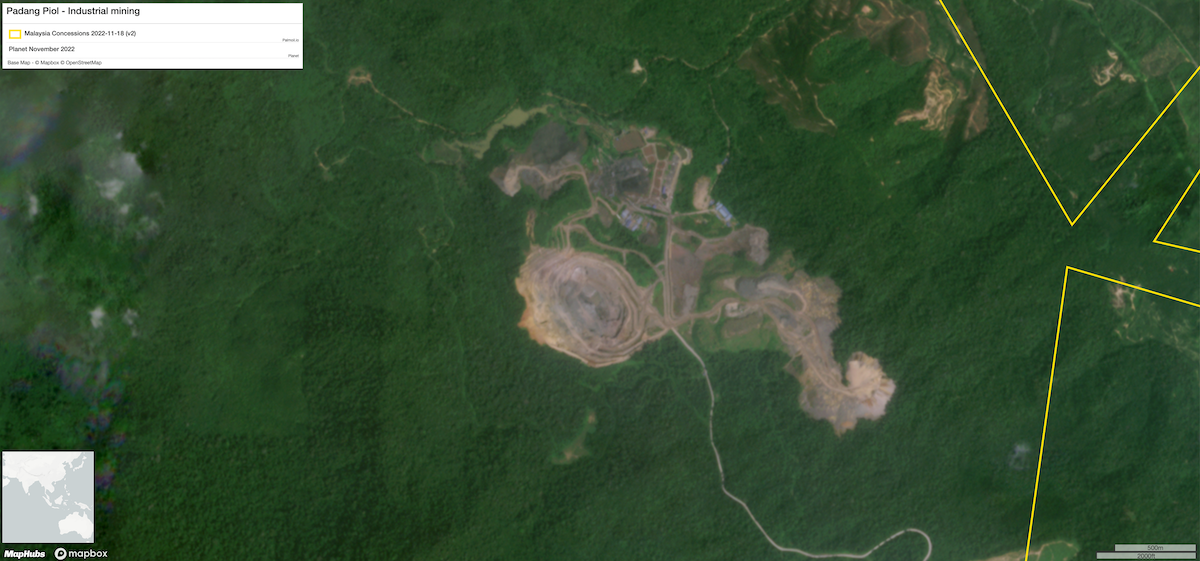Is palm oil “actually not so bad (anymore)”? Well, it’s complicated
A recent Vox article declared that palm oil is not so bad anymore, citing declines in palm oil related deforestation, zero deforestation commitments, and the efforts of watchdogs. While progress has been made, I want to sound a note of caution.

Last week, a Vox article declared that palm oil is not so bad anymore. They noted the decline in palm oil related deforestation, zero deforestation commitments from major producers such as Wilmar, and the efforts of industry watchdogs. While progress has undoubtedly been made, I want to sound a note of caution before we start taking victory laps. Palm oil is entering an important new phase; yes, not quite the “wild west it used to be” but we are not out of the woods yet. In fact, I would argue that we are at a pivotal moment to build on progress or risk losing hard won gains. Here are a few examples of trends that Palmoil.io is seeing.
Palm oil deforestation is on the move

First, declines in palm-related deforestation in Indonesia and Malaysia may be driving deforestation in other emerging regions. This is leakage or its older name, the balloon effect, means if you squeeze one area of commodity production through enforcement, it blows up elsewhere.
For this reason, Palmoil.io conducts global palm oil monitoring. For example, Palmoil.io determined last year that the ten mills with the highest number of forest alerts in 25km proximity, only 3 were in Indonesia and 2 in Malaysia. Emerging palm regions, particularly in South America and Central and West Africa have some of the highest rates of deforestation globally. One of the most serious current cases of palm-related deforestation is in Cameroon. It looks like the wild west has actually just shifted west.
Counting deforestation pixels only tells part of the story

Second, last point notwithstanding, this article depends too much on deforestation pixel counting. Pixels, meaning data derived from satellite algorithms alone, only tell part of the story. Current and future trends in palm-related deforestation might be better assessed using a combination of remaining palm-suitable unprotected forest combined with existing or planned transport and processing infrastructure. Deforestation declines in Indonesia can, at least, be partly explained by the saturation of production infrastructure and available forest land in Sumatra and Kalimantan. Papua, for example, has plenty of biophysically suitable land but few mills, roads, and ports for major palm production. Build it, which is the Indonesian government's intention, and palm may well come.
This land and infrastructure squeeze, coupled with the relative ease with which big concession level deforestation is spotted by Palmoil.io and other systems remains a handbrake on unsustainable expansion but only a handbrake. Given palm oil demand is increasing, the pressure to expand frontier areas will grow. Last year, palmoil.io submitted almost 50 new or previously unidentified mills (see example above) to the Universal Mill List and mapped over 450 refineries and oleochemical plants. This ensures our subscribers monitor not just the pixels but facilities that could drive future deforestation.
Third, smallholder related deforestation remains mostly unmapped and under monitored.

Research on deforestation declines has often focused on industrial concessions, which doesn't account for trends in smallholder areas. Given smallholders produce around 40% of total PO volume, their impact is enormous and under studied. This is because smallholder plots remain largely unmapped, so attributing palm related deforestation to smallholders is more difficult than industrial actors. Palmoil.io has developed methods for detecting and mapping smallholder-deforestation issues but more smallholder maps will accelerate our efforts. We are building partnerships to facilitate this.
Measuring progress commodity by commodity has limits
The Vox article acknowledges that just because we are seeing declines in palm-related deforestation in Indonesia, doesn’t mean forests are safe. Palm oil may have been the biggest driver in Indonesia, but pulp, paper, timber, and rubber are not far behind. Forests that are not adequately protected will likely be cleared no matter what we do on one commodity or driver. We have to work on all of them.
A recent Chain Reaction report noted that the industry needs to conduct cross commodity monitoring. Palmoil.io is already doing this. We have already begun flagging non palm-related deforestation inside concessions and plan to expand our efforts. For example, analyzing concessions this month, the Palmoil.io team found multiple instances of artisanal and industrial mining occurring inside concession boundaries.

Let’s be vigilant not complacent
I understand we all want to pat ourselves on the back, declare job done, but as I have pointed out, there is still much work to do. The professionalization of palm oil monitoring with tools like Palmoil.io shows the growing maturity of the palm industry’s sustainability efforts. Palmoil.io is working on next generation tools to meet these challenges. In the coming weeks, I will talk more about our strategy and how we plan to support the industry build on its progress.

